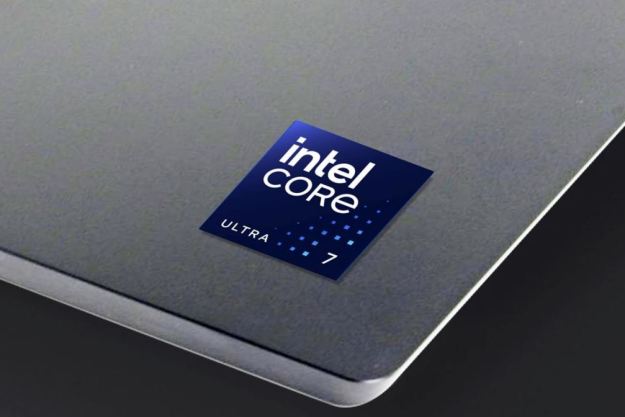Intel has announced the NUC 9 Extreme Kit, the company’s latest attempt to revolutionize small PCs, at CES 2020. It has an important innovation that no previous NUC has attempted. Modular, upgradeable construction.
You can purchase and customize the NUC 9 Extreme Kit from Intel, as with past NUCs. This time around, though, third-party vendors will also offer compatibility with Intel NUC components. Specifically, Intel’s new NUC Compute Element.
NUC 9 Extreme Kit
The new Intel NUC 9 Extreme Kit comes with a 5-liter chassis that’s less than 10 inches deep, 8.5 inches wide, and 3.8 inches wide. It’s rather large for a NUC, easily dwarfing the Hades Canyon and Skull Canyon NUCs of past years. That said, it’s much smaller than most PCs available today.
Removing the top of the chassis reveals space for up to three components; the NUC Compute Element and up to two PCI expansion cards.

The NUC Compute Element is the innovation. It’s effectively a system-on-a-card. Intel will sell several versions, all with 9th-gen Intel Core H-Series processors. That includes the unlocked Core i9-9980HK. NUC Compute Elements also has space for two laptop-sized RAM sticks and up to two M.2 solid state drives. Intel Optane memory is supported.
All this hardware exists on a single PCB that looks like a small graphics card and plugs into a reserved PCI x16 slot. The processor can’t be removed, but the RAM and hard drives are user serviceable, allowing future upgrades.
As mentioned, the NUC Compute Element only takes up half the available space. One PCIe 16x slot and one PCIe x4 slot can be found beneath it. While it’d technically be possible to fill those up with two expansion cards, Intel expects most people to use the space for a video card. The NUC 9 Extreme Kit will support a dual-slot PCIe x16 graphics card up to eight inches long.

Total system connectivity will depend on configuration, but all Intel NUC Extreme Kit systems will have at least two Thunderbolt 3 ports and four USB 3.1 Type-A ports. They’ll also support Wi-Fi 6, Bluetooth 5, two Gigabit LAN ports, and HDMI 2.0a (connected to the on-board Intel IGP). A tiny 500-watt power supply provides system power.
Intel will offer a 3-year limited warranty on the kit.
NUC Compute Element
All this is intriguing, but here’s the real twist. Intel will sell the NUC Compute Element independently of the Intel NUC 9 Extreme Kit.
Here’s the deal. The NUC 9 Extreme Kit is purchased with a NUC Compute Element. You’ll still need to purchase RAM, hard drives, and a discrete graphics card (if desired).

But you can also purchase the NUC Compute Element without the NUC 9 Extreme Kit. That buys you a card that has an Intel Core processor and space for hard drive and RAM. You can then plug that NUC Compute Element into a chassis sold by another company.
Razer has already announced the Tomahawk, a chassis that’s similar to the NUC 9 Extreme Kit but includes expanded support for full-length graphics cards and a fancy tempered glass enclosure. We may see more NUC Compute Element enclosures announced in the future.
Will modular design catch on?
The Intel NUC 9 Extreme Kit isn’t just the most powerful NUC yet. It’s also the most ambitious.
It’s effectively a new, alternative PC form factor that embraces compact components to achieve maximum performance in minimum space, yet mostly retain the customization that PC owners love. Whether it’ll catch on is anyone’s guess, but I’m eager to find out.
Pricing hasn’t been finalized, but Intel says the Intel NUC kit will start around $1,050 for the Core i5 model, $1,250 for the Core i7 model, and $1,700 for the Core i9 model. All three are expected to be available in March.
Editors' Recommendations
- We finally know the price of Asus’ most powerful gaming NUC
- Intel claims up to 268% gaming boost with latest Arc graphics drivers
- Intel’s CPUs just got way more confusing
- Upgrade your PC or start from scratch? Here’s our definitive guide on the question
- Intel surprise launched a new graphics card, but it doesn’t make any sense


